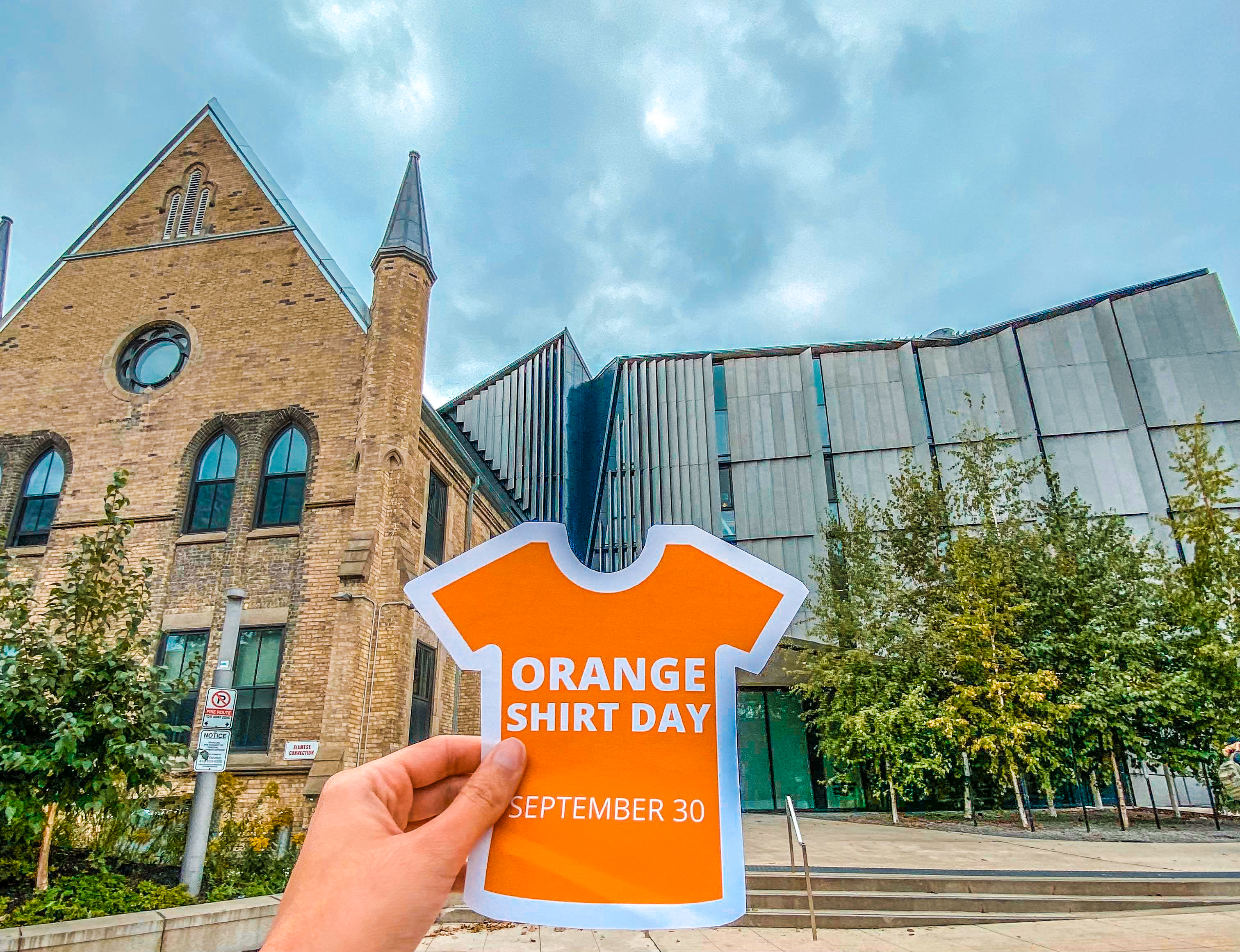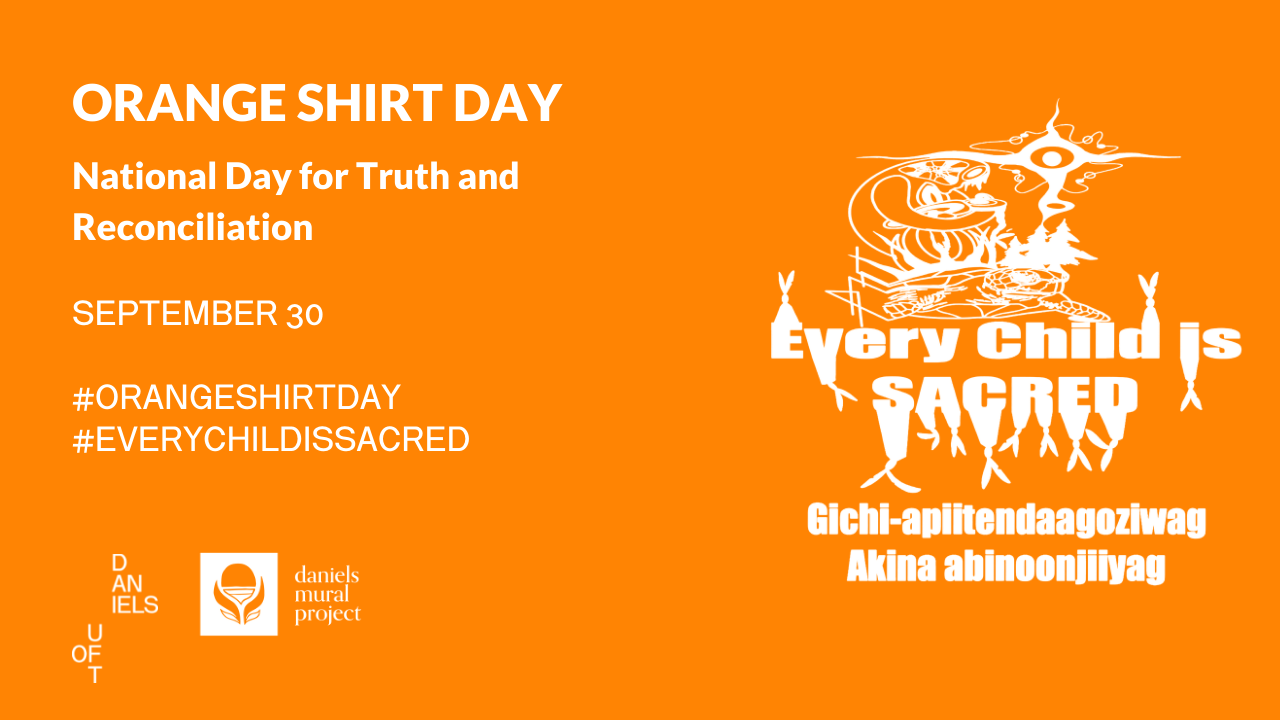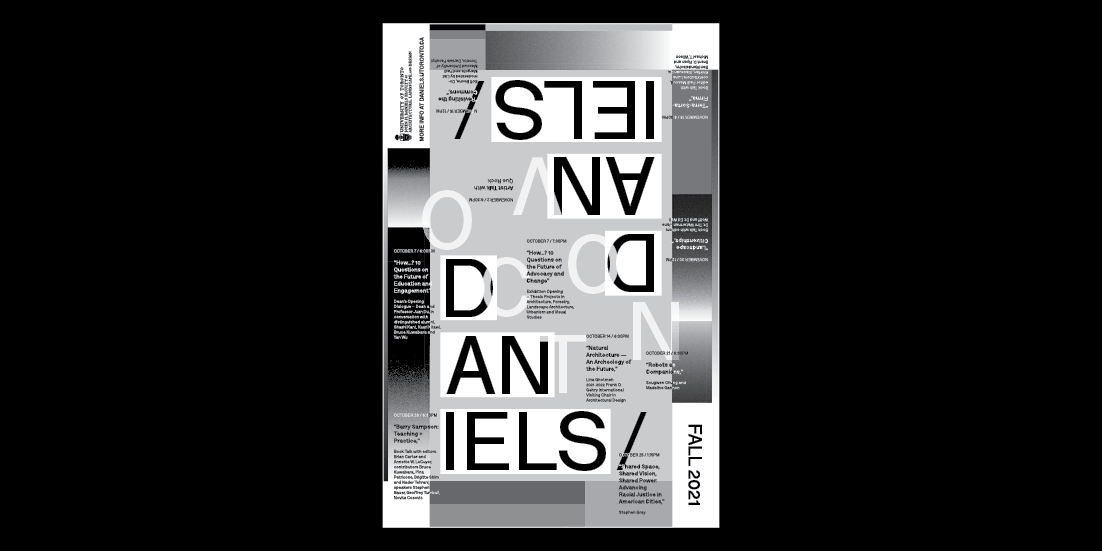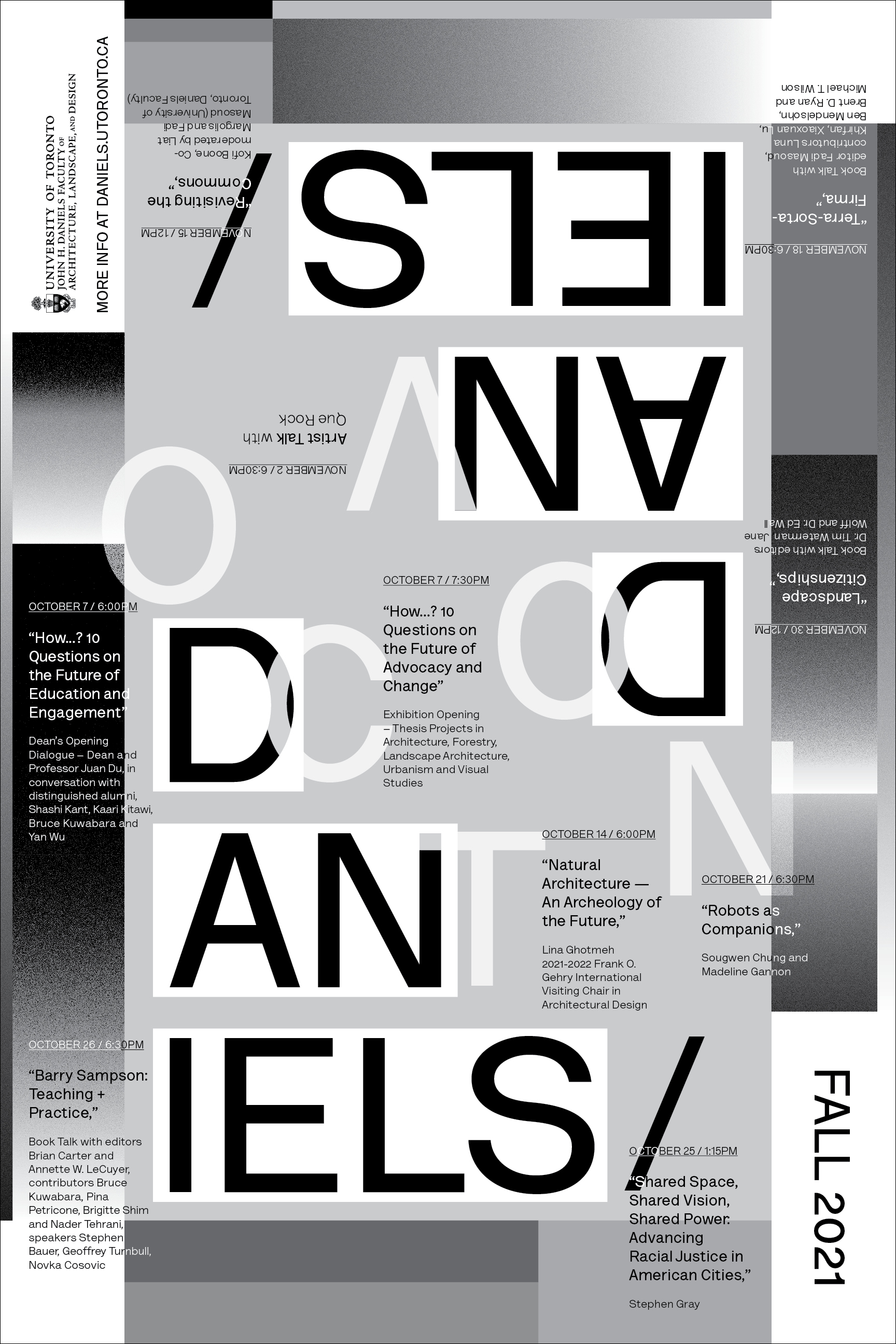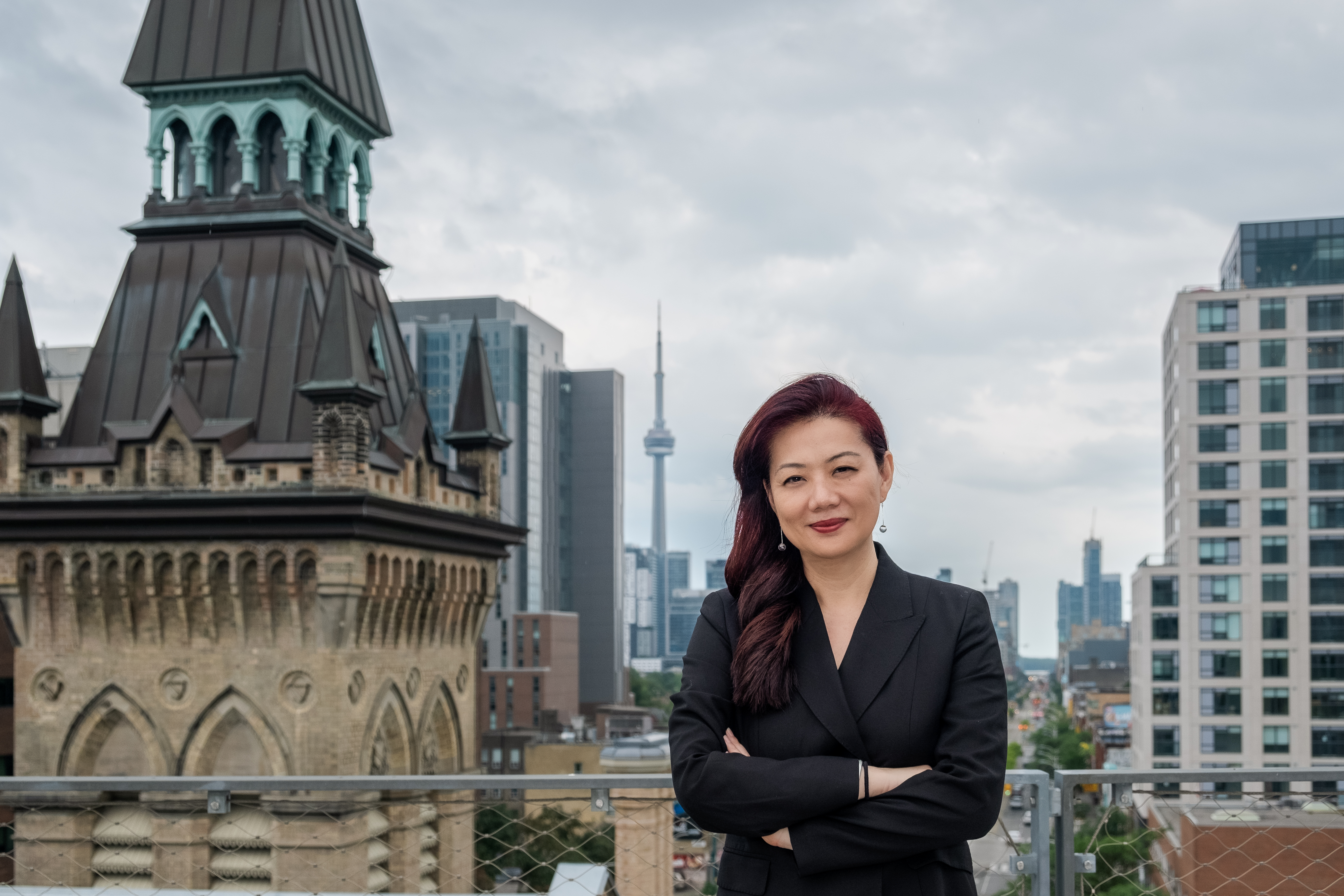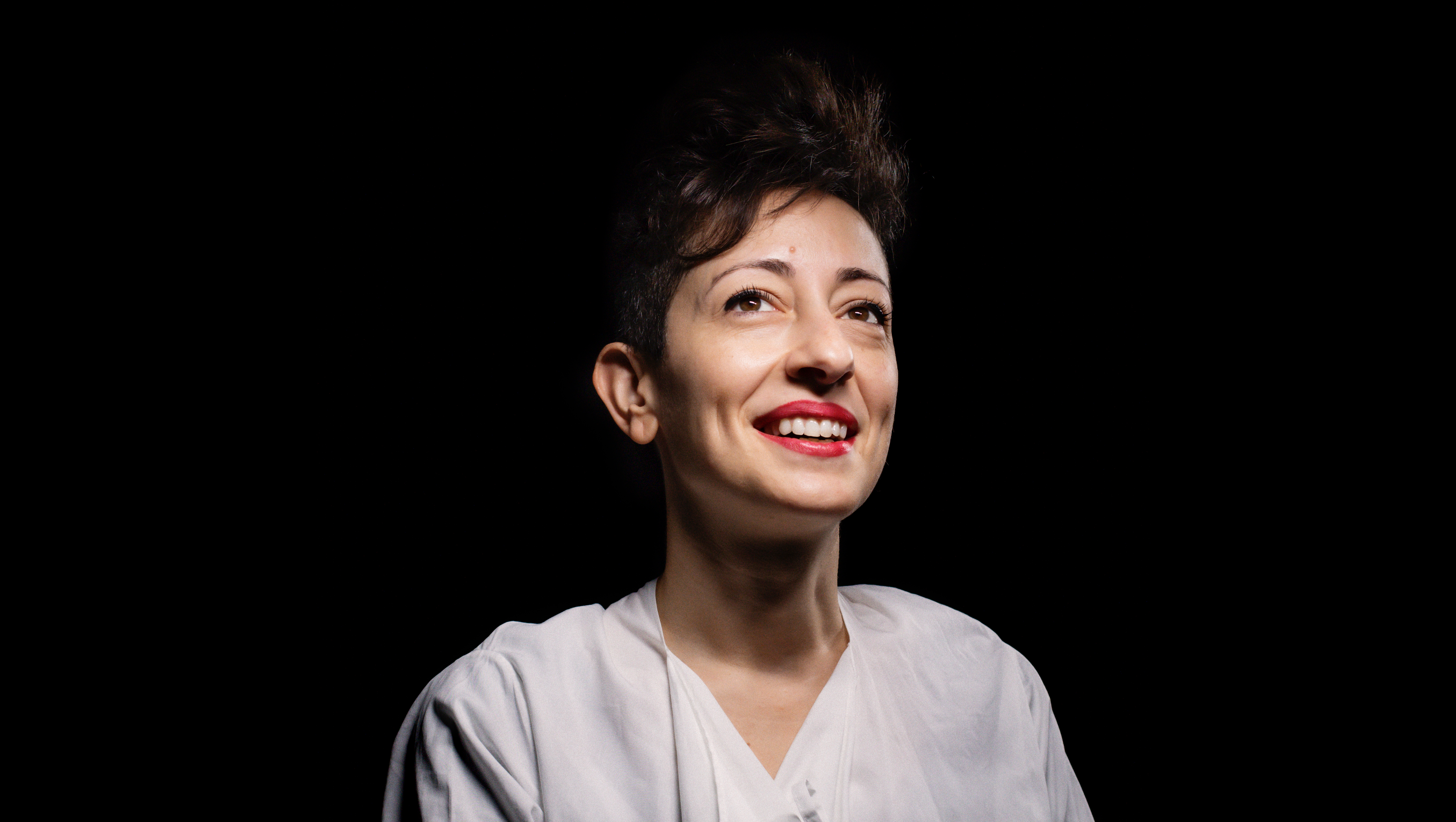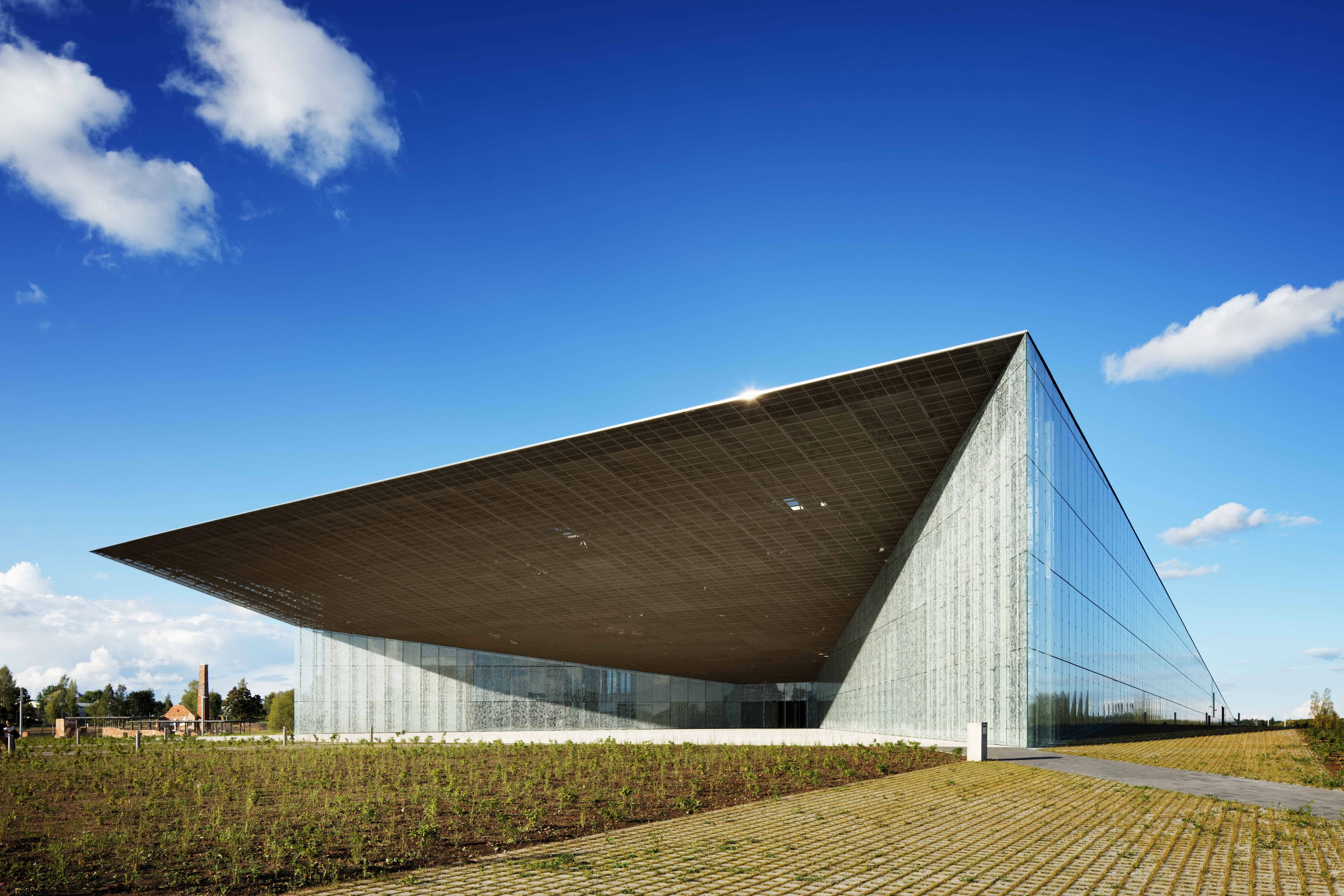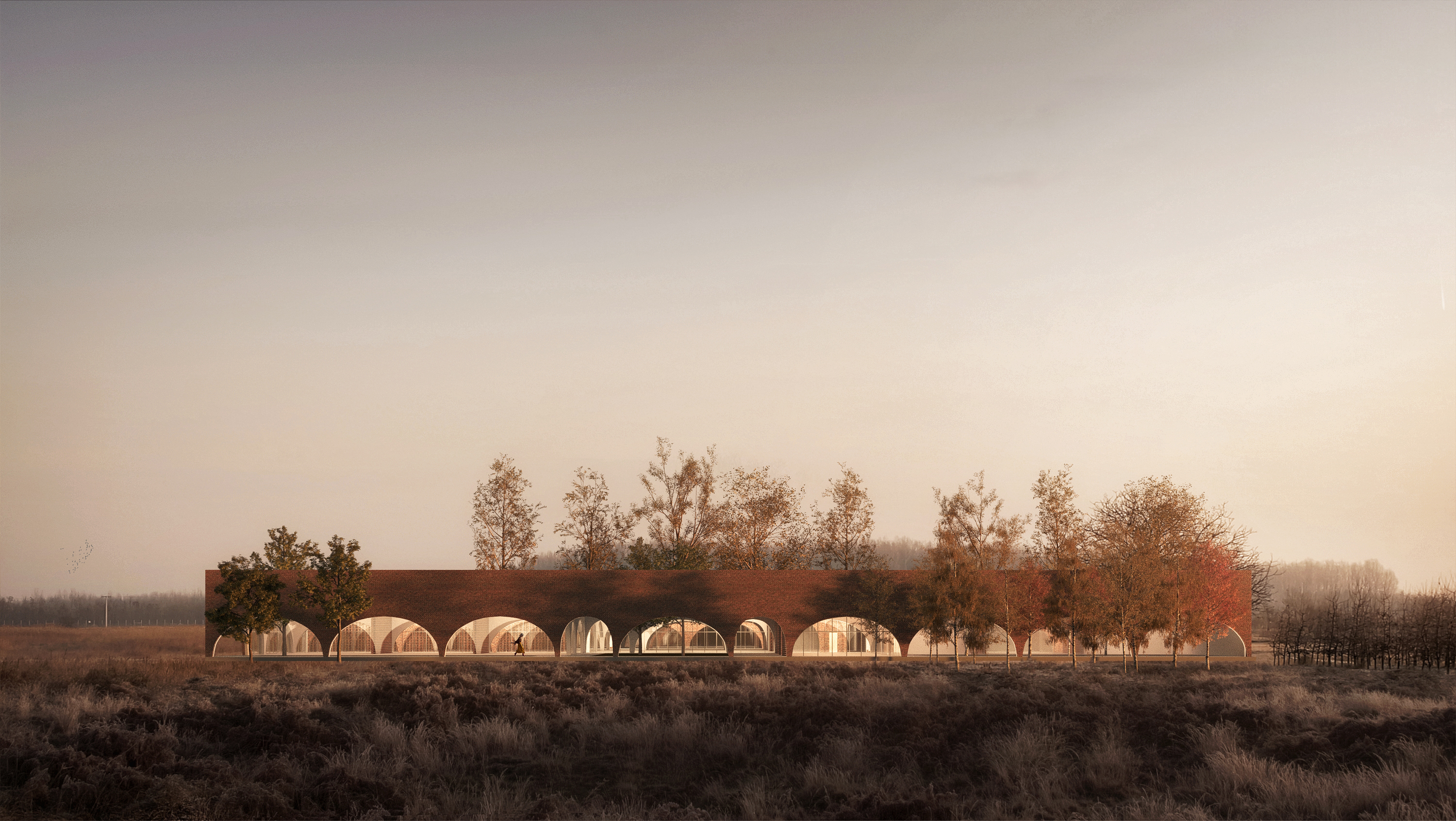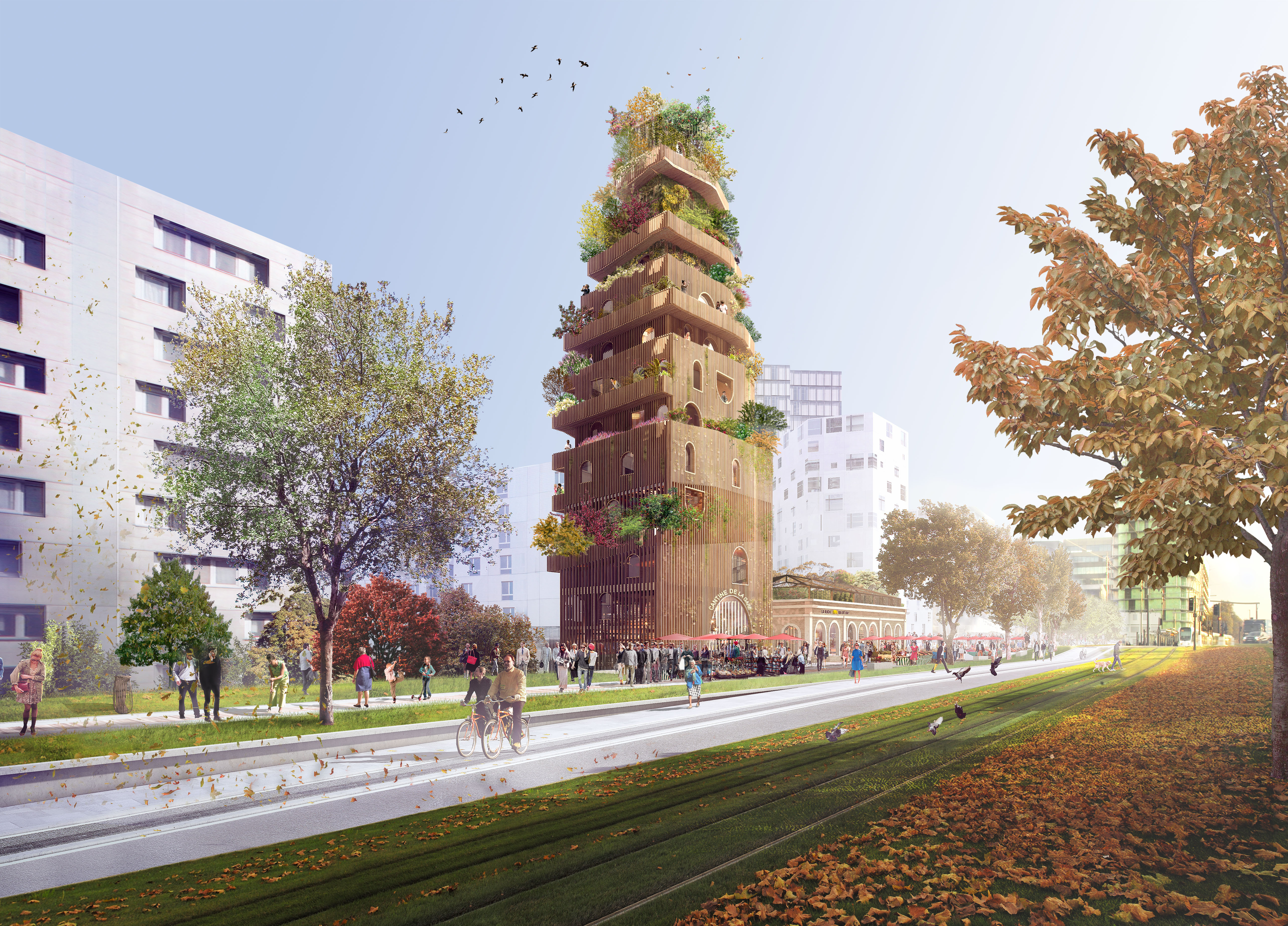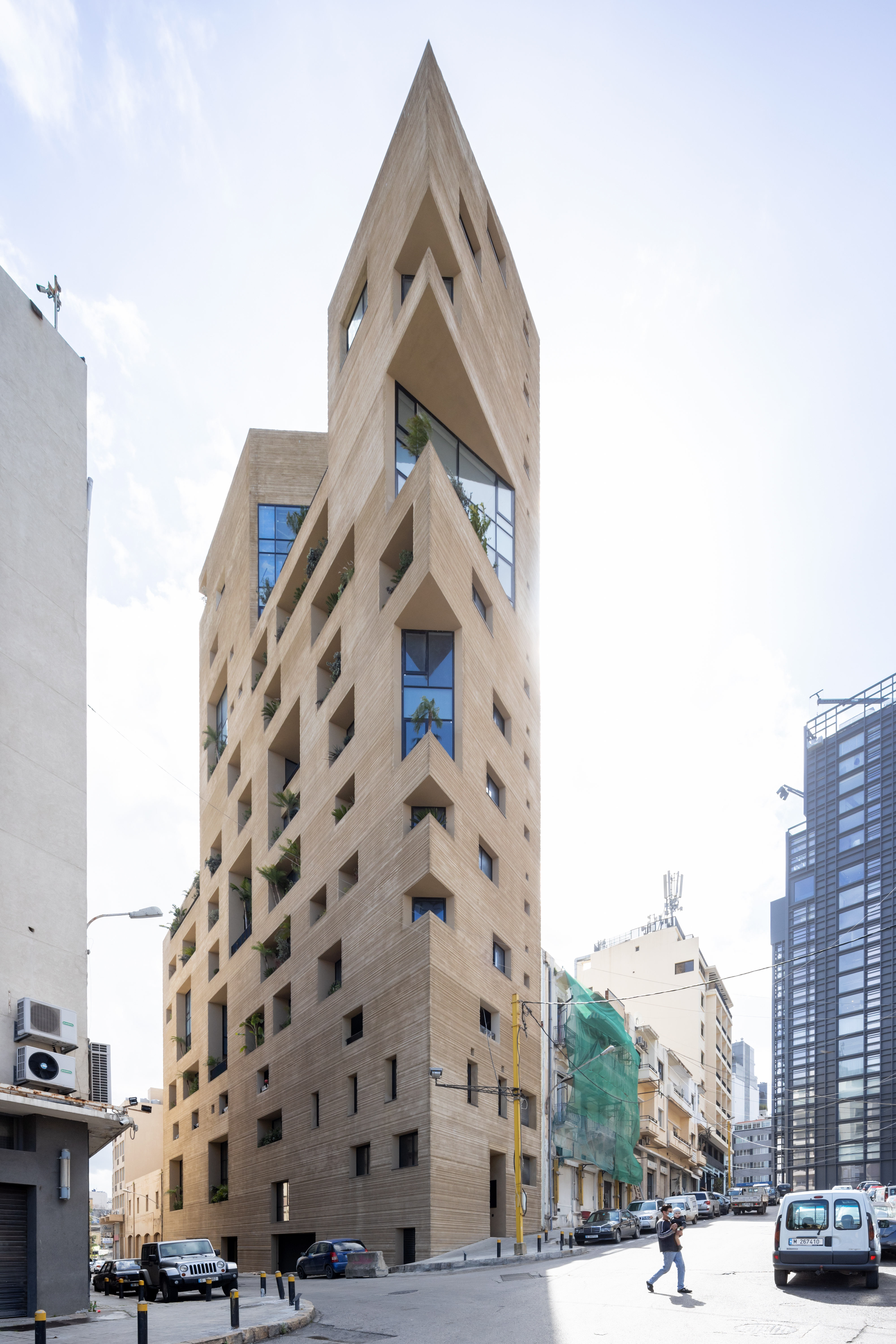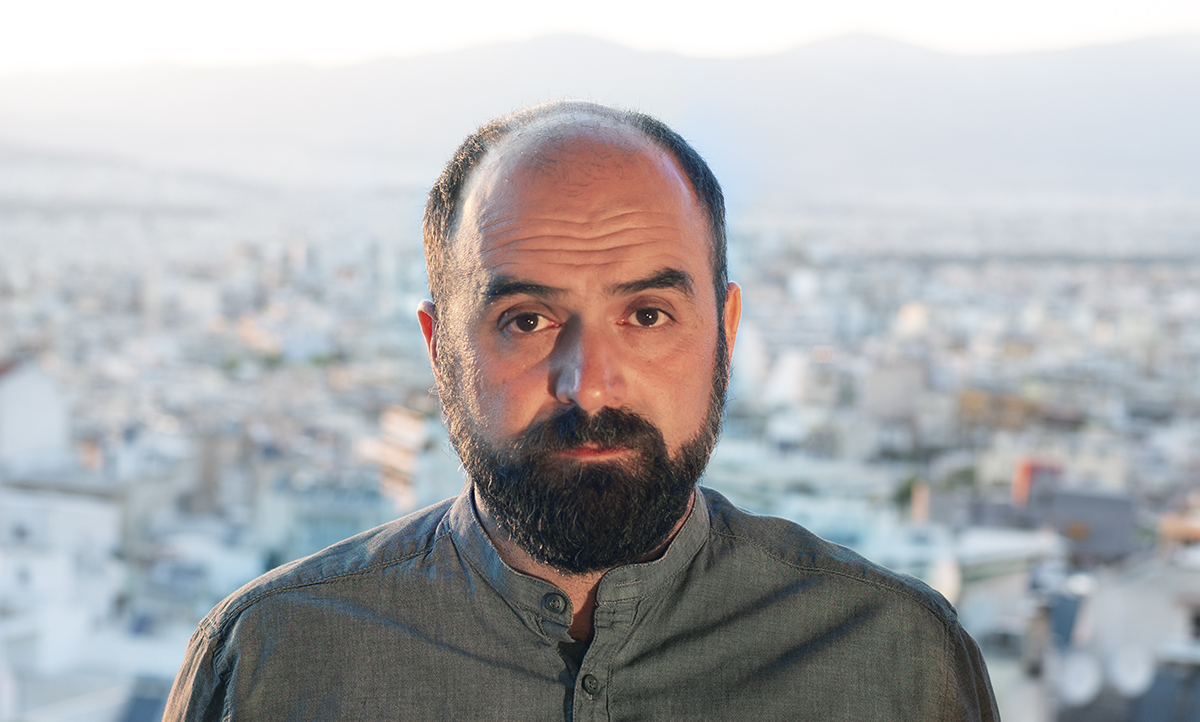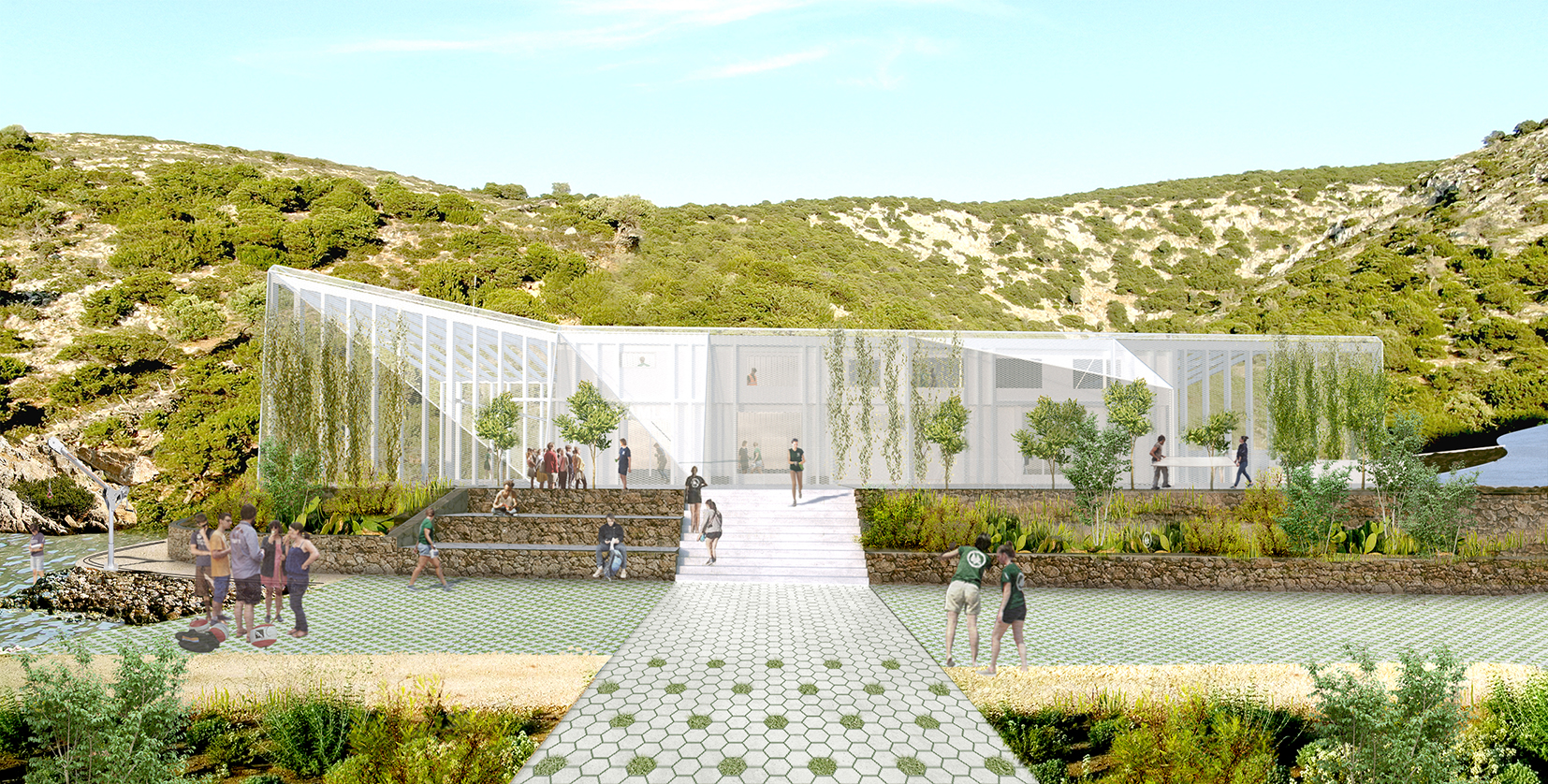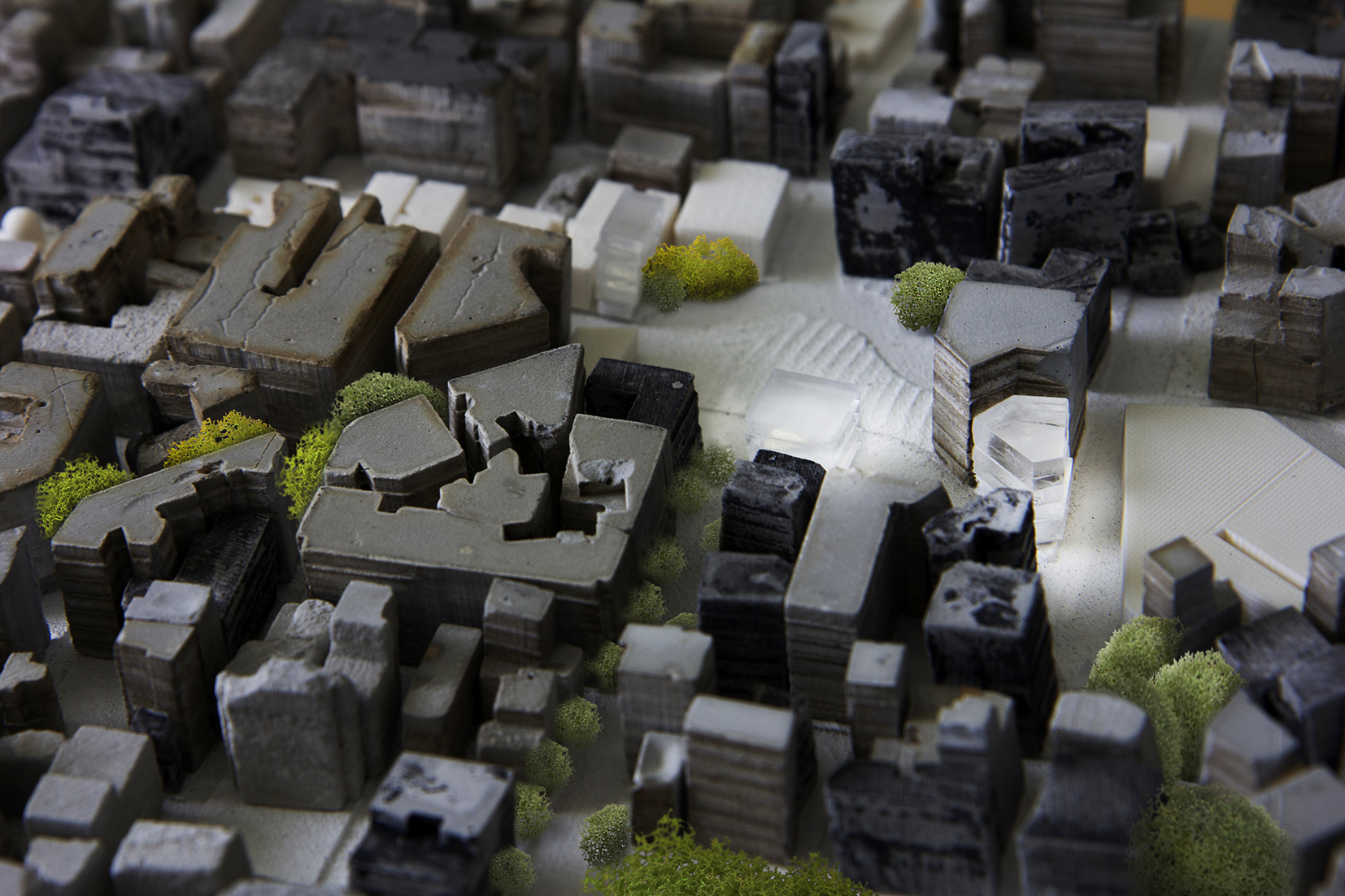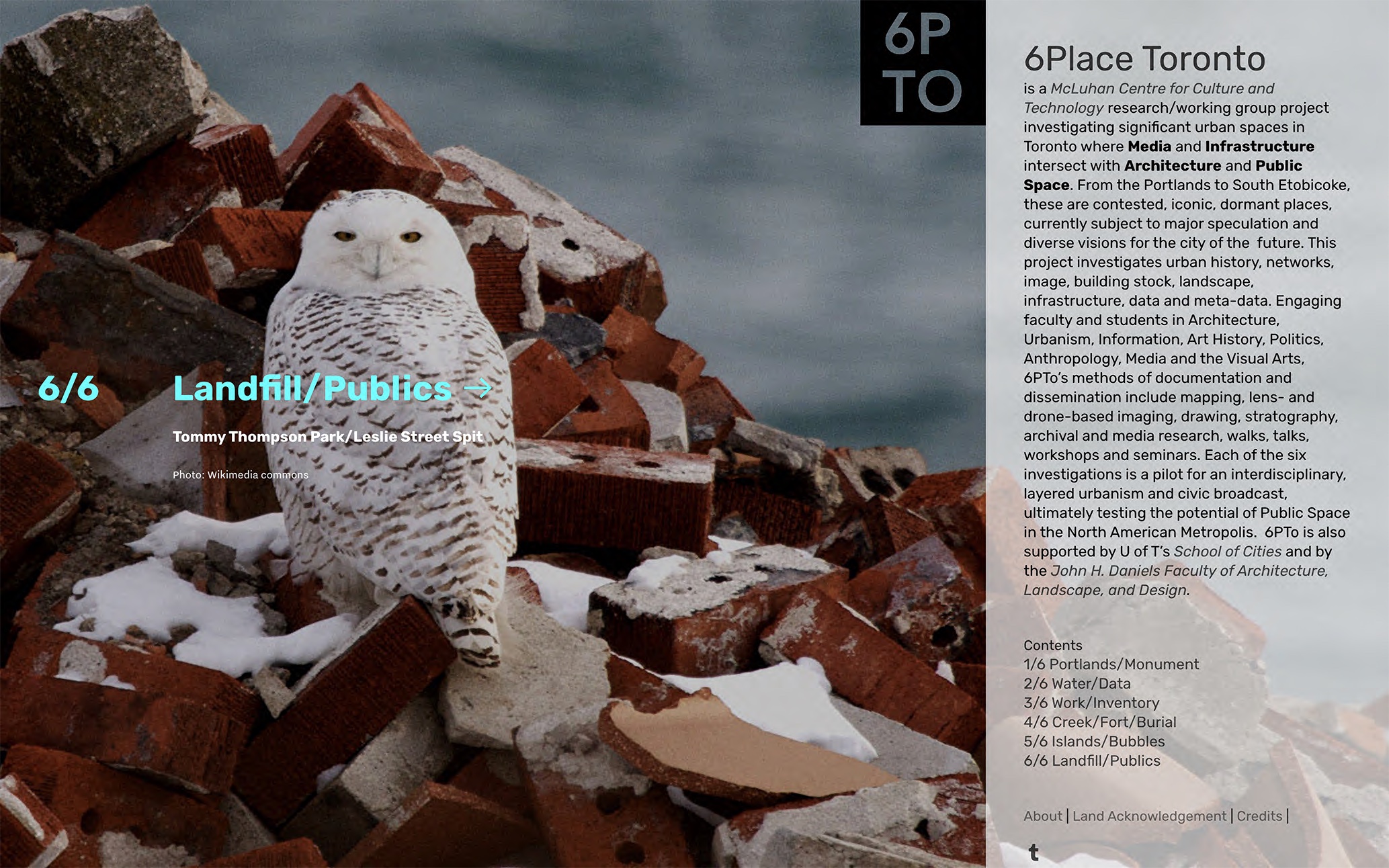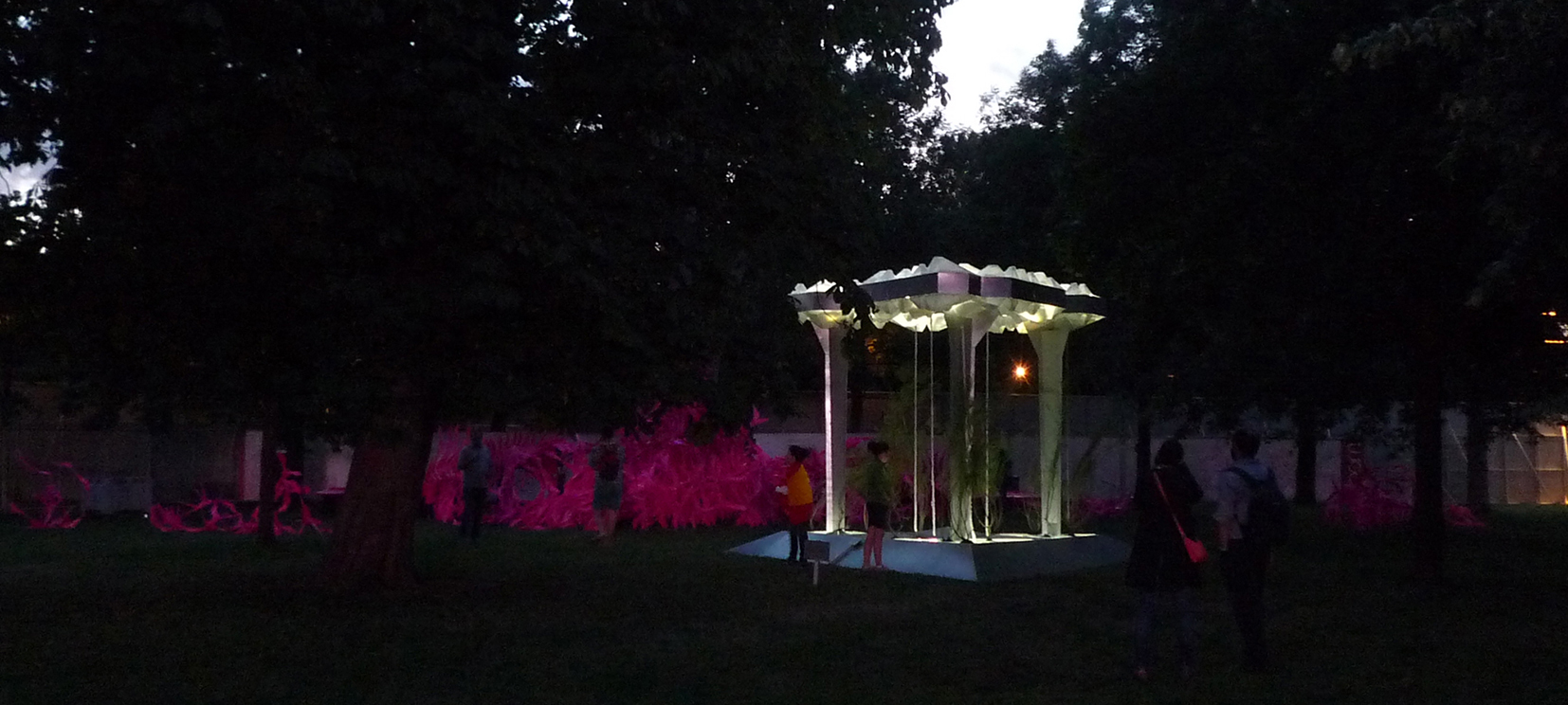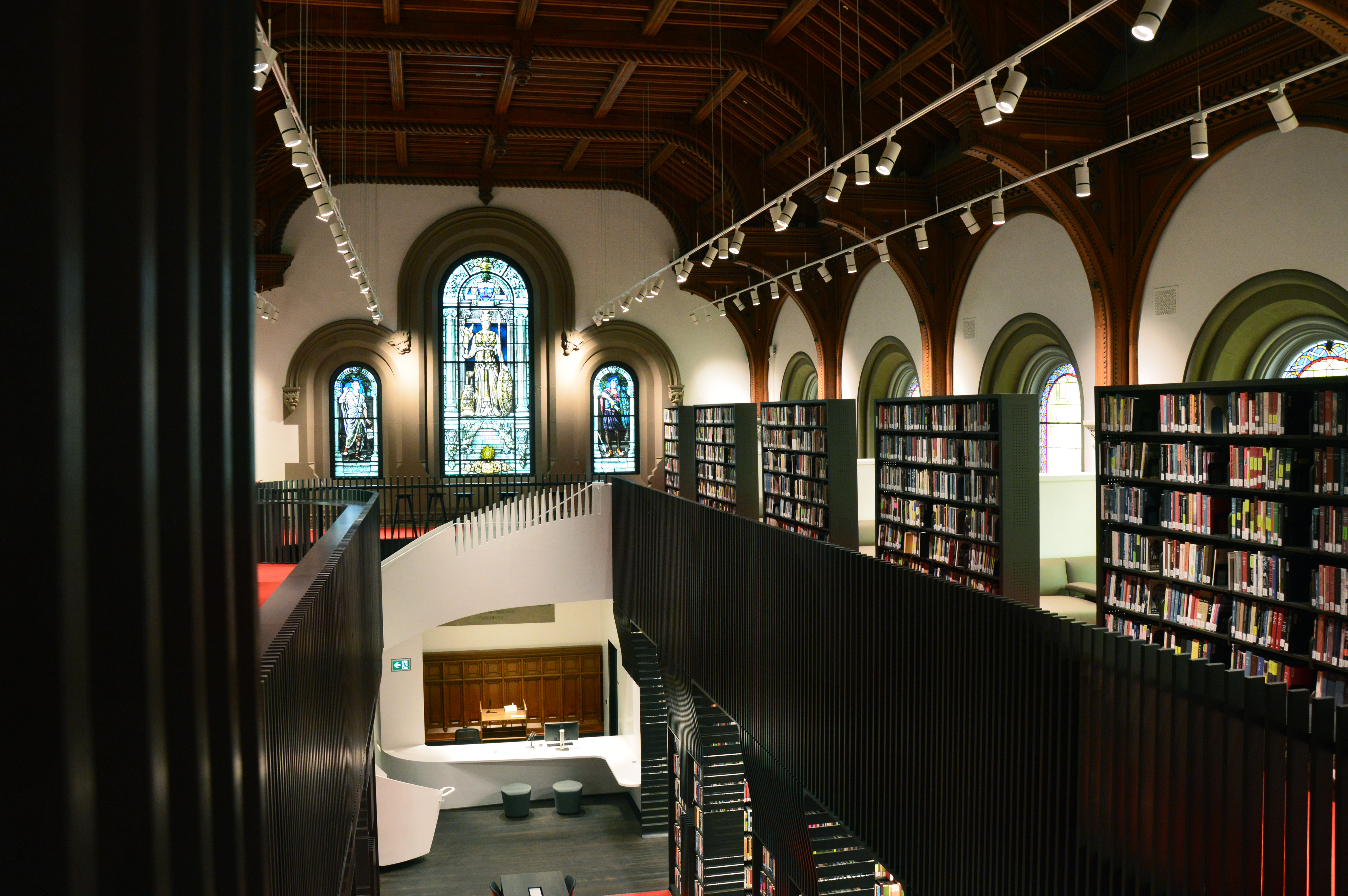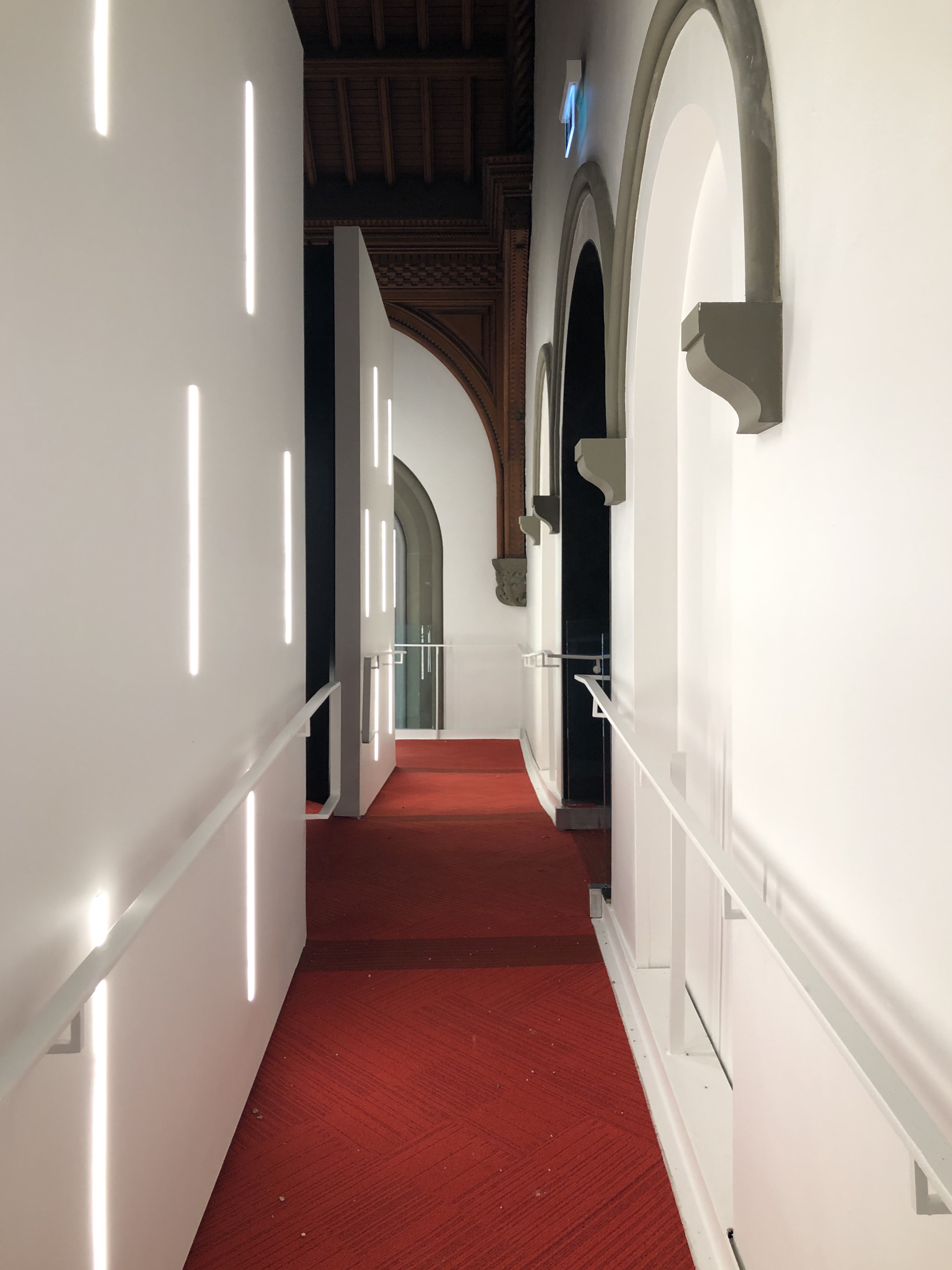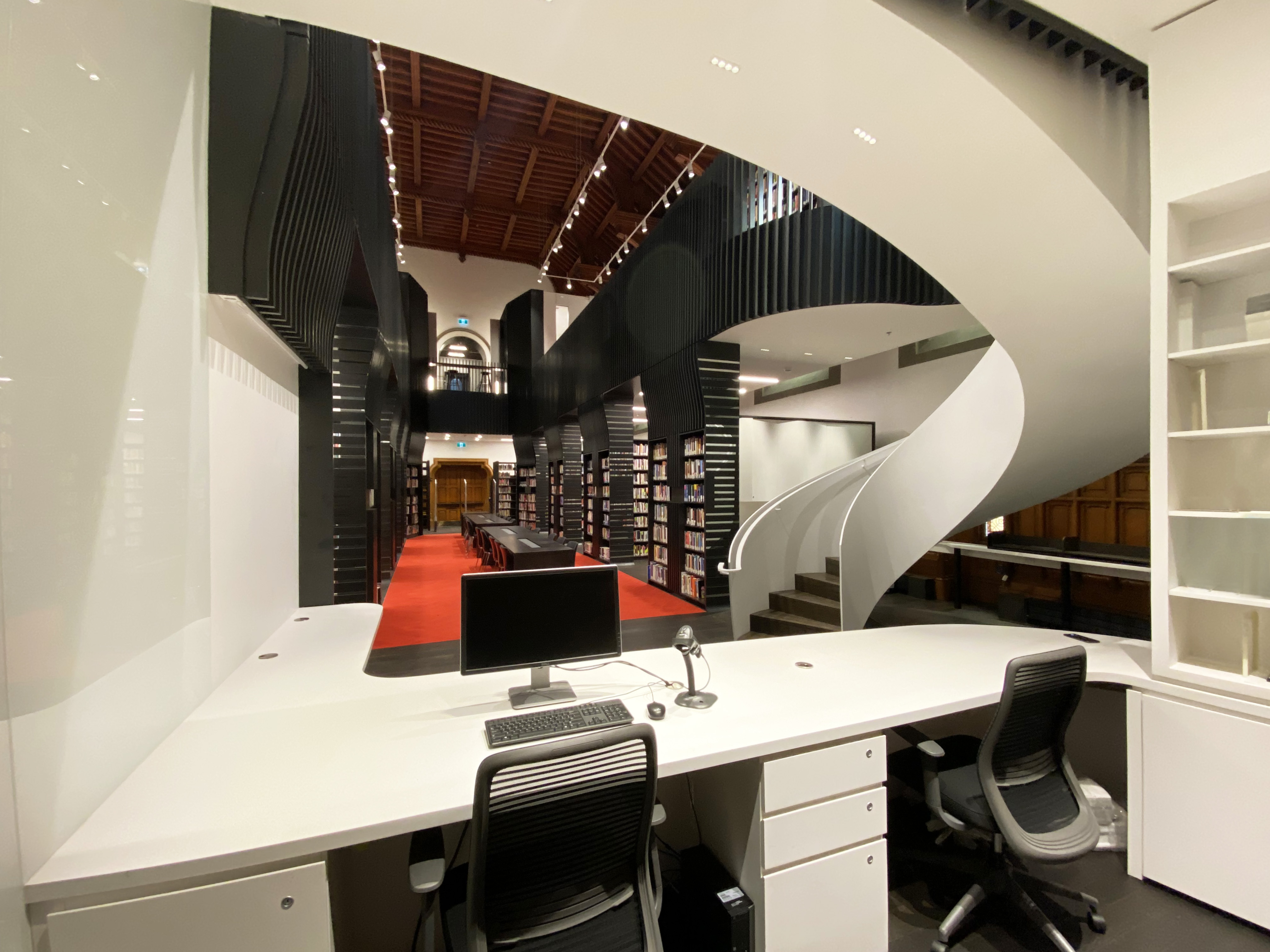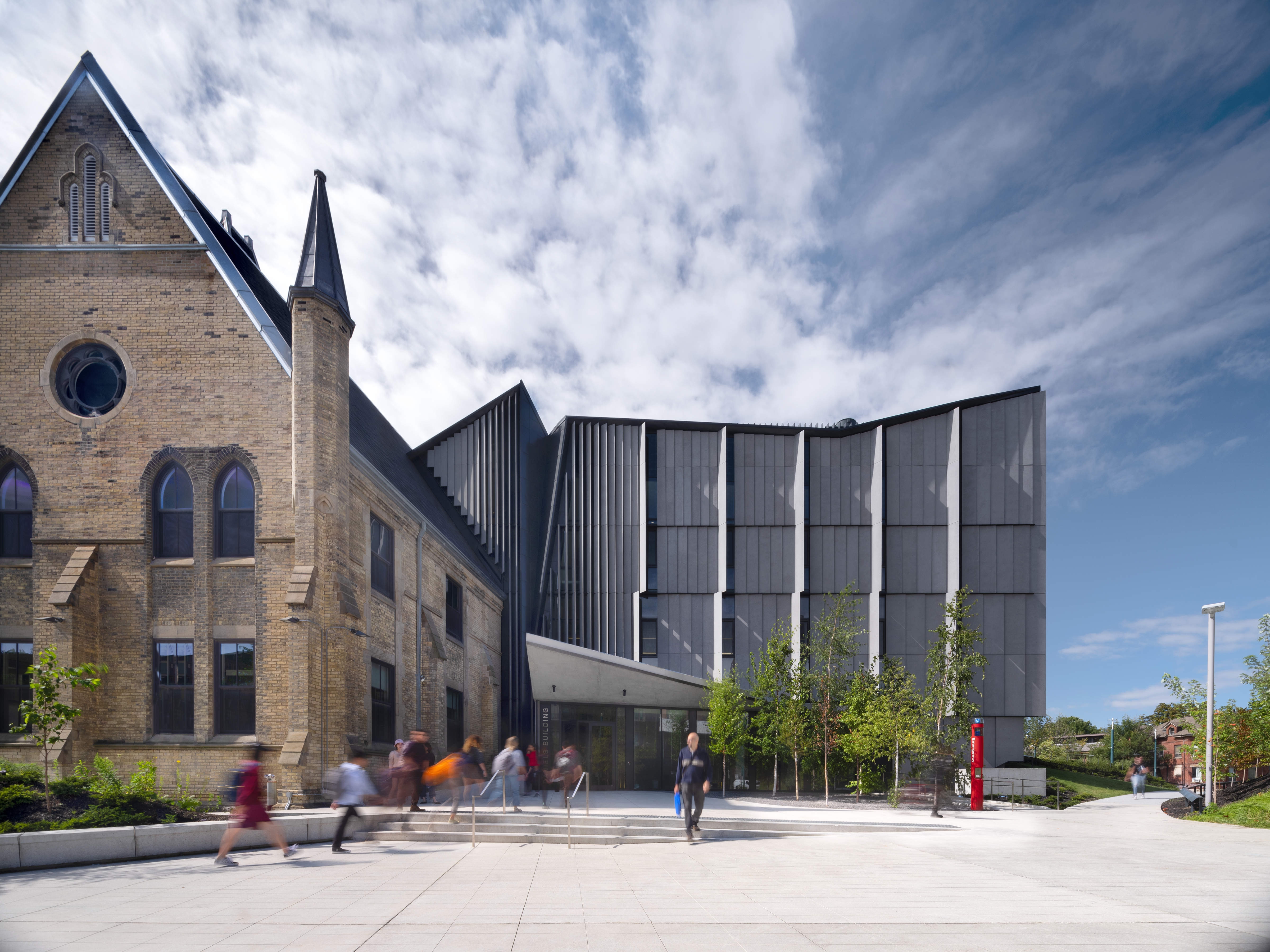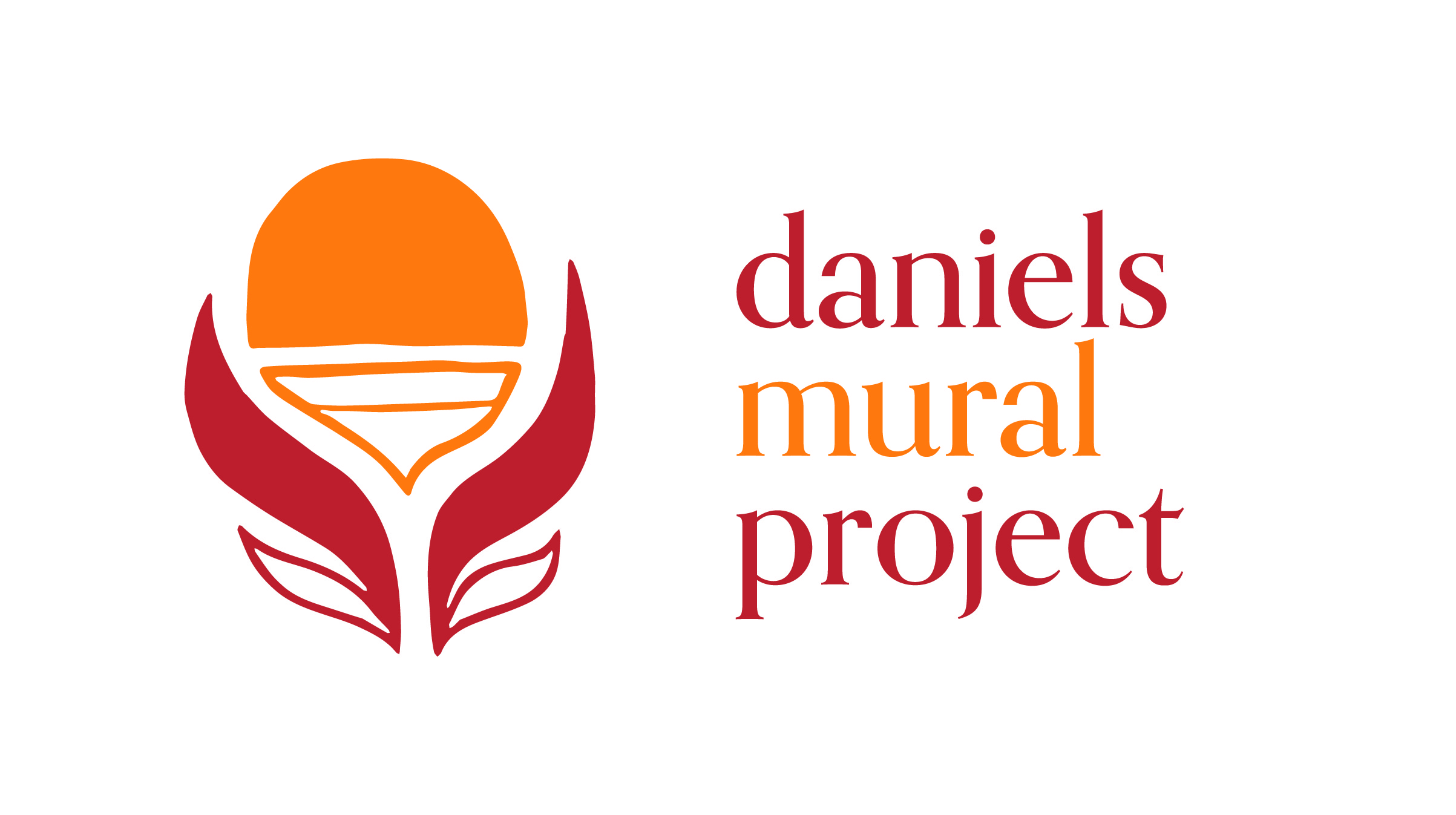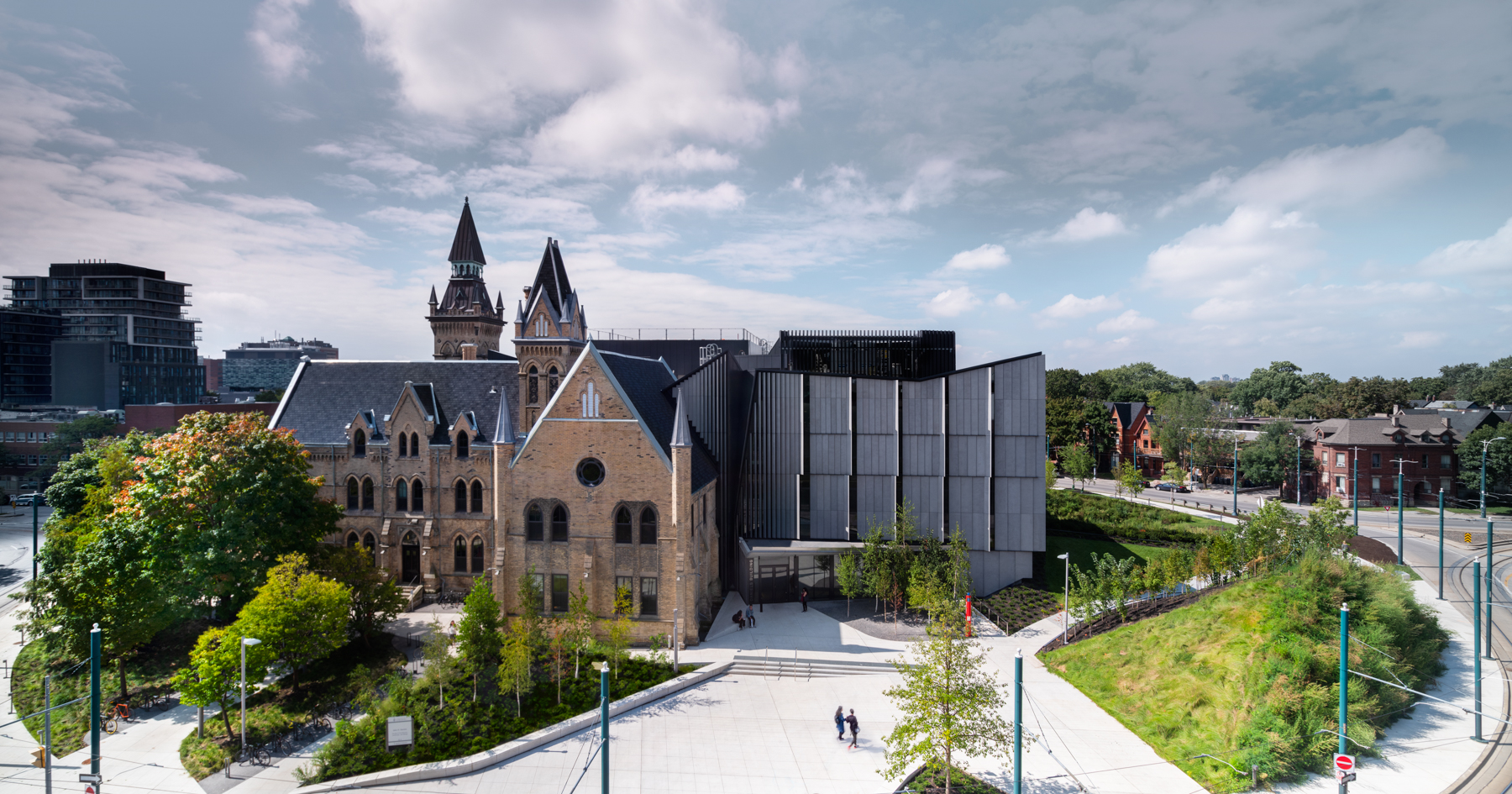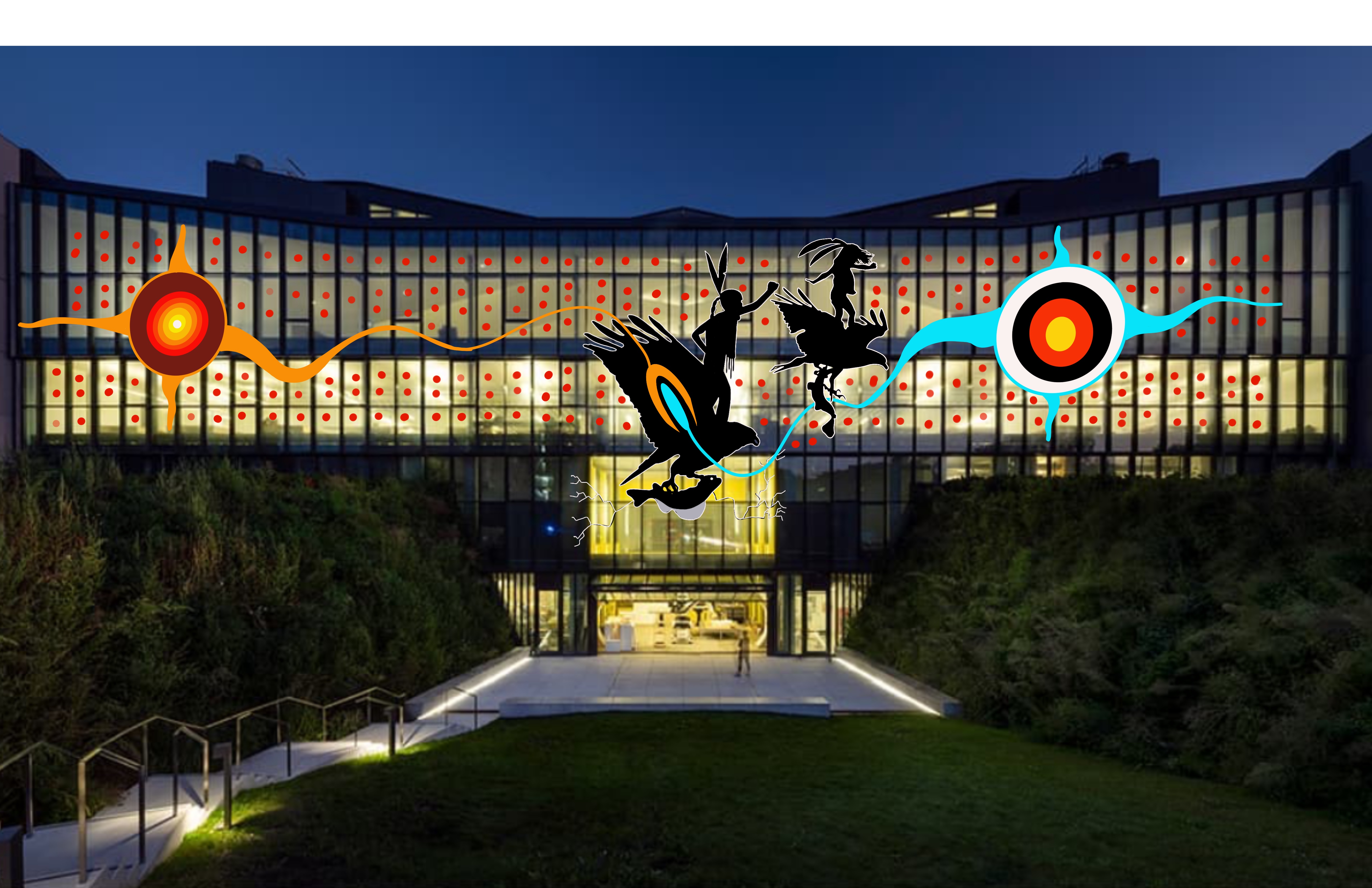
29.09.21 - Anishnaabe artist Que Rock honours residential school children for U of T’s Daniels Mural Project
Anishnaabe painter Que Rock has been selected as the artist for the Daniels Mural Project by the John H. Daniels Faculty of Architecture, Landscape, and Design for its inaugural Indigenous installation. The selection was announced on Sept. 30, 2021 during an event commemorating Orange Shirt Day and the National Day for Truth and Reconciliation at the Daniels Buildings' Stantec Architecture Courtyard, located at 1 Spadina Ave..
The temporary mural by Que Rock, who is a member of Nipissing First Nation, will honour the 215 children discovered at a residential school in Kamloops, B.C., and the unmarked graves that continue to be discovered across Turtle Island. Using the Daniels Building’s north façade as a canvas, the work depicts a sun on its left — representing the Seven Grandfather Teachings of humility, courage, honesty, wisdom, truth, respect and love — while its right features Grandmother Moon, representing the connection to Turtle Island, the water nation and Mother Earth. At the mural’s centre, children are carried by eagles to the spirit world; the eagles carry fish for the healing journey.
“My goal is to portray the teachings of my ancestors, sacred geometry and Laws of Nature in all my art forms,” says Que Rock. The goal, for the Daniels Mural Project, “is a visual healing experience.”
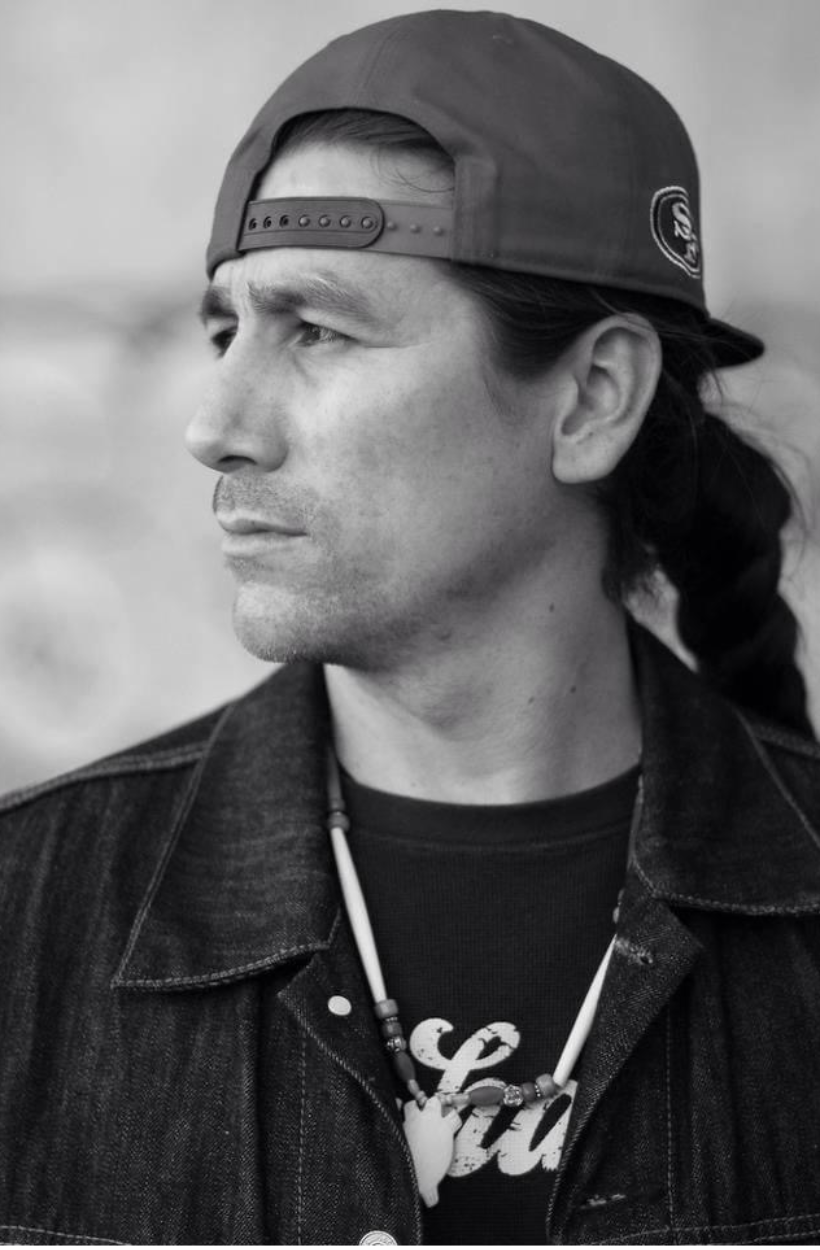
Que Rock describes his street art-inspired style as “making the woodlands dance.” In his large-scale art projects and canvas work — which include mural projects with StreetARTToronto (StART), a visual land acknowledgement at the St. Lawrence Centre of Arts and a medicine wheel-inspired work for the Toronto Transit Commission’s Ride Guide — the artist incorporates Anishnaabe teachings with a unique style that blends abstract forms with realism and expressionism.
“The mural project is an important step in our continuous process towards collectively answering the calls of Truth and Reconciliation as a University, a Faculty and as individuals,” says Professor Juan Du, Dean of Daniels Faculty. “Que Rock’s artwork will be a visible reminder that every child matters, and that there is much work to be done in the path to healing. The Daniels Faculty seeks to promote dialogue and to generate better understanding of previously overlooked histories and cultures. We look forward to using the north façade of the Daniels Building as a platform for further education and programming this year.”
The Daniels Mural Project is part of U of T’s response to the Truth and Reconciliation Commission’s report, Answering the Call: Wecheehetowin, responding specifically to Call to Action no. 2, a strategy for the funding and placement of more Indigenous public art across all three campuses in close consultation with local Indigenous communities. It will be produced in partnership with the University of Toronto Post-Secondary Fund for Aboriginal Learners.
Proposals were received from an open call issued by the Daniels Faculty in collaboration with the Daniels Art Directive, a student-led art collective, and Elder Whabagoon, the First Peoples Leadership Advisor to the Dean. The submissions were reviewed by the Indigenous Advisory Panel — comprised of a group of Indigenous Daniels community members including James Bird, Melissa Deleary, Jaime Kearns, Robin Rice and Brenda Wastasecoot.
“Indigenous artists do the hard work of bringing our stories to life to be shown and seen by the world,” says the Indigenous Advisory Panel’s Brenda Wastasecoot. “They tell our histories, our truths and speak to our wisdom and strength.”
Visible day and night, the mural encourages community members to engage with the history of the land and Indigenous teachings. “We're thankful to connect with the stories and cultural knowledge shared by Que Rock, the Advisory Panel, Elder Whabagoon, and many more Indigenous community members,” says the Daniels Art Directive’s Michelle Ng. “As this project grows, we further commit to truth and reconciliation.”
Press inquiries: sara.elhawash@daniels.utoronto.ca


